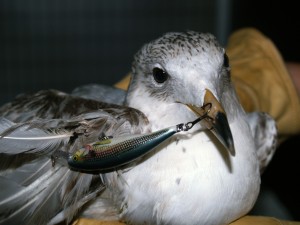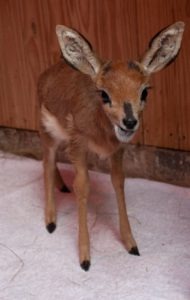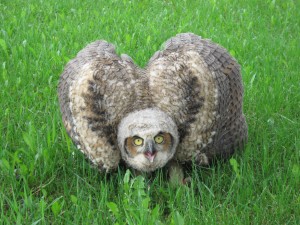Africa
Emergency : Africa
Wildlife Rescue — What You Need to Know
Do you have a wild animal in need of assistance? We are here to help. Wild animals require specialized treatment and diets to recover from injuries or to develop into healthy adults, so please do not attempt to care for or raise wildlife yourself. Remember, wildlife is often protected by special laws that make it illegal to possess a wild animal without a permit unless you are transporting that animal to a licensed wildlife rehabilitator.
Help us help you
Wildlife Rescue — What Not to Do
Bird Rescue
Baby Songbird
Baby Duck or Goose
Baby Scrub Hare
Solitary Antelope
Herd Antelope
Baby Small Mammals
Reptile and Amphibian
Elephants and Rhinos
How to Rescue Wildlife
How to Make a Surrogate Nest
Find a Wildlife Rehabilitator
Wildlife Rescue — What Not to Do

Do NOT attempt to care for wildlife yourself. Wild animals require specialized treatment and diets to recover from injuries or to develop into healthy adults. The wrong medical care or diet can have deadly effects. Remember in many parts of the world it is illegal to attempt to care for wildlife without a special permit or license. The most important principle in being a wildlife rescuer: Do No Harm!
Do NOT buy wildlife on the roadside to “rescue” it. As hard as it is to leave them there, buying these animals further encourages the sellers to kidnap more wildlife. In some countries selling these animals is illegal and sellers can be fined. It can also be illegal for the buyer to have wildlife. Reporting (where applicable) is a much better way to help the animals. For more information on reporting wildlife crimes in South Africa visit this contact list. For other African countries, email info@theiwrc.org and we’ll put you in touch with possible contacts.
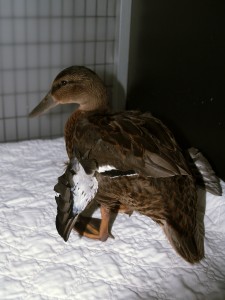
Do NOT attempt to keep wildlife as pets. Wild animals can be cute and cuddly when there are young and adults suffering from trauma can be downright friendly, but that does not make them a good choice to replace your other domestic pets. Wild animals require their natural diet to stay healthy and their outdoor homes to feel secure and to display all of their natural behaviors. To keep a wild animal as a pet is to rob them of their most basic needs. Keep in mind that wild animals can carry a variety of diseases and parasites that can leave you and your family itching or land you in the local emergency room. Many African species become aggressive as they mature, injuring family members. Leave the wildlife care to those who know how to keep you, your family, and your wild animal happy and healthy.
Do NOT trust all internet advice. While the internet might be a great resource to find a new recipe for dinner or find info on domestic pets, it is a venerable jungle when it comes to advice for wildlife. And jungles contain some dangerous things. So if you are inclined to hit the internet for help with a wildlife situation here are three things you should look for before you opt to take any sites’ advice:
- Diet Recipes Beware: If a site recommends feeding the wild animal think twice about taking their advice. Most internet recipes contain items bought at the local grocery or pet store that can cause severe digestive upset in the short term and major nutritional deficiency if used long-term. If the site recommends anything other than offering a shallow dish of water or a human infant electrolyte solution steer clear.
- Licenses Please: Look for a list of credentials, permits or licenses. If none are listed take caution.
- Contact Us: Most reliable wildlife rehabilitation facilities will let you know right up front how to contact them and when and where to take your wild animal in need. If no contact info is listed then say no to their advice.
Click here for detailed wildlife emergency advice options
When to Rescue a Bird
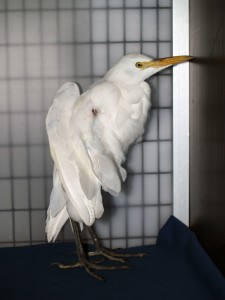
In the following situations a rescue may be need. Learn how to rescue a bird.
- If the bird is bleeding, shivering, lethargic, or unresponsive.
- If the bird has been attacked by a cat or dog.
- If the parents or siblings are known to be dead.
Window Strikes
If a bird hits your window and is unable to fly away, immediately place it in a box or paper bag with air holes and put it in a warm, dark, quiet place. Call the nearest wildlife rehabilitator for medical care.
Baby Songbird Rescue
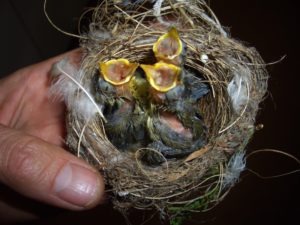
In many situations young birds need only a little help or no help at all. Contrary to popular belief, parents will not reject their babies if humans have touched them.
Nestlings
Nestlings are young birds with only downy feathers. If they are found on the ground and are not injured they can be returned to the nest from which they fell or if the nest was destroyed a surrogate nest can be created.
Fledglings
Fledglings are young birds just learning to fly and they spend a lot of time on the ground. These birds are still protected and fed by their parents and do not need to be rescued unless they have been injured. If you find a fledgling in your yard, protect him by keeping pets away and encouraging children to watch from a distance.
Return to Top
How to Make a Surrogate Nest
- Find a container such as a small box or plastic container with holes punched in the bottom.
- Fill the container with leaves, paper towels or a clean, soft cloth.
- Place the nest in the tree or bush closest to where the bird was found, out of the sun and rain, as high up as you can safely manage.
- Place the bird(s) in the nest (remember to wear gloves) and leave the area.
Duck or Goose Rescue
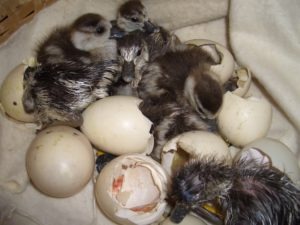
Unlike songbirds, ducks and geese leave the nest almost immediately after birth, and follow mom closely. They already know how to find their own food, but still need their families. Mom doesn’t feed them, but does provide them with valuable warmth, leads them to safe places and food sources, and protects them from danger. Baby ducks and geese can go in water briefly, but because their feathers are not yet waterproof, they can quickly become hypothermic (chilled) if they remain in the water more than a few minutes. Mom takes care of that, too. If you find a baby duck or goose, it is almost certainly just separated from its family.
- If the baby is separated from the mother and you know where she is, place the baby close to the flock so she can hear the baby and then watch from a distance.
- If the baby joins the flock and the mother does not reject him, leave the area, the baby is fine.
- If the baby is rejected, or if the mother cannot be found, call a wildlife rehabilitator.
Baby Scrub Hares
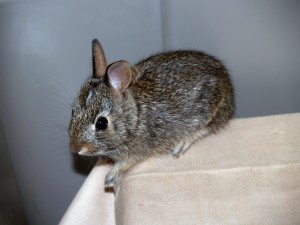
- If the hare is injured (bleeding, broken bones, puncture wounds, or has been in a cat’s mouth), or appears thin and weak, with wrinkly baggy skin, call a wildlife rehabilitator.
- If you find a healthy baby hare, the mom is off foraging and will return to feed it. It can be left where it is!
- If the baby hares are able to hop, have their eyes open and ears up, they are old enough to be on their own.
Solitary Antelope
Duiker and steenbok young spend most of their day alone, waiting for mom to return, and digesting their last big meal. This is normal, healthy, and doesn’t mean anything is wrong.
- If the baby is injured (bleeding, broken bones, or wounds), please call a wildlife rehabilitator.
- If you know that mom is dead, please call a wildlife rehabilitator.
- If the baby seems healthy but abandoned, walk away so that you don’t stress it. Mom will return.
Herd Antelope
Blesbok, springbok, wildebeest, and bushbuck are some African antelope species whose young stay with the herd. There are many herd species, the above are just a few common examples!
- If the baby is injured (bleeding, broken bones, or wounds), please call a wildlife rehabilitator.
- If the baby seems healthy but abandoned, walk away so that you don’t stress it and observe from a distance to see if the herd returns. Sometimes babies are kept in a nursery. If you have any doubt call a wildlife rehabilitator for advise.
Small Mammals
Storms and chainsaws can often knock baby mammals such as tree squirrels and bushbabies to the ground. Some are injured in the fall, others are just dazed and scared, but all need to get back with mom.
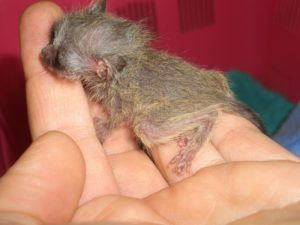
- If the baby mammal, ie squirrel, genet, bushbaby, dormouse, or mongoose is injured (bleeding, broken bones, puncture wounds, or has been in a cat’s mouth), or appears thin and weak, with wrinkly baggy skin, call a wildlife rehabilitator.
- If the tree has been cut down, or fallen in a storm, or if the nest is lying on the ground, call a wildlife rehabilitator.
- If it is still pink and furless or can’t climb, attempt to reunite the squirrel, genet, bushbaby, dormouse, mongoose, or other baby mammal with mom. Put the baby in a small open box at the base of the tree, and give mom several hours to fetch it. If the baby is still in the box at the end of the day, call a wildlife rehabilitator. Be sure to keep cats and dogs away from the area until the rescue is complete.
- If the squirrel or bushbaby appears uninjured, and has a full coat of fur, then place the baby as high as you can safely reach in the tree and allow it to return to its nest or be retrieved by mom.
Reptiles and Amphibians
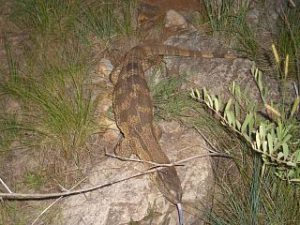
Reptiles often live in people’s gardens. Generally, these animals are fine where they are. If you are suspicious of a poisonous animal call your national wildlife agency or animal control.
- If they are injured, burned, or unreactive call a wildlife rehabilitator.
- If the animal is in an unsafe situation, or humans may not be safe because of the animal call a wildlife rehabilitator for advise.
Elephants and Rhinos
If you suspect an elephant or rhino is in need of assistance call a wildlife rehabilitator.
How to Rescue a Wild Animal
- Find a suitable container (cardboard box, pet carrier). Poke air holes in it, if needed. Line it with a clean, soft cloth or paper towel.
- Gently pick up the animal (wear gloves or cover with a cloth) and place in the container.
- Secure the container so the animal cannot crawl or jump out.
- Wash your hands.
- Keep the animal in a warm, dark, quiet place away from pets and children. Remember that stress from over handling can kill.
- Do not give food and give water only if the animal can stand.
- Note exactly where you found the animal and the circumstances in which you found it.
- Contact a licensed wildlife rehabilitator as soon as possible to arrange for the wild animal to get help.
Remember any wild animal, when scared, will try to protect itself. Please contact a wildlife rehabilitator prior to rescuing or transporting any wild animal.
Return to Top
